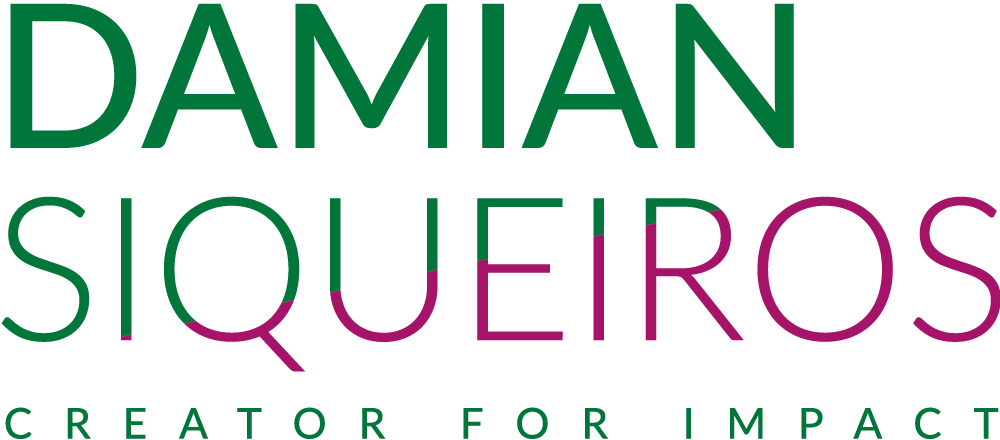Hey, hello again... how have you been since you last read me? I hope peaceful...
So one of the perks of this residency is staying in something that is a kind of a living contemporary art museum. You live where are is created and presented. There is a central space that works as a formal gallery and then you have the living quarters that are combined with the studios. So my room is inside my studio (In case I wasn't workaholic enough).
The exhibition was organized and mounted by the 3 women (go girl power) and man that run the MMCA Goyang Residency: Seung-Hyun Choi (Manager) , Minji Kim (Program coordinator), Jiwon Kim (Stagiaire) and Mr. Mok (equipment and installation supervisor). All of them so far have been really kind, effective and best of all very good at what they do. All of them did a great job putting the exhibit together.
All the foreign artist could present one or two pieces at the main gallery. We were also invited to open our studios to visitors so we could show more work and explain our process. Since it hasn't been long that I'm in South Korea I opted to show previously completed projects that would relate to my work at this program.
What has been great about staying here is the fact that everyday I get to have conversations with people from other cultures, not only other nationalities but other artistic cultures. That means different points of view on what art creation and delivery is. For me contemporary work has been daunting, even in the cases when I don't like it. But here it's not about liking or not; it's about understanding and appreciating the value of oeuvres that might be completely outside your aesthetic scope.
Here's a bit of what I've seen (I'll explain to the best of my ability):
Musquiqui Chihying: Artist from Taiwanese origin, currently based in Berlin. I've had some of the deepest conversations about art with him since I got to Korea. He reached me the concept of Post-internet work (I'm still not sure I know what that is). The work that he presented at the exhibit deals with the relationship between mass media and individuals, their power struggle and the distortion of reality and daily life. His piece was a small video recreating a moment during the 1936 Olympic games in which Leni Riefenstahl filmed the podium ceremony of Sohn Kee-chung, a South Korean athlete that protested the occupation of Japan of his country by blocking the Japanese flag in his uniform. Sohn refused to remain passive and his protest was unknowingly enabled by Riefenstahl. Chihying's work also deals with post-colonial and immigration issues.
The Camera, 2016. Musquiqui Chihying
Eva Kietzman: Eva from Berlin has a great heart. She's one of those people that you look at and you know she's a good person (and smart). Her work deals with the staging of public space and the image production of cities. An example we see in her work is the transformation of wastelands into condos and living spaces. In order for those spaces to be attractive a process of changing perceptions have to happen through a physical but also a perceptual transformation. She usually works in tandem with artist Petra Kübert.
Urban Village, 2013, Eva Kietzman
Marilyn Schneider: Marilyn from Sydney loves cats as much as they love her. Her work imitates the manufacturing methods of high capitalism , such as laser cutting or digital printing. The isolation and decontextualization of these objects take a new meaning and a critical point of view on the deceitful and seductive character of this processes and the resulting objects.
Support Structure, 2016, Marilyn Schneider.
Daniel Stempfer: Austrian artist and curator that deals with temporary phenomena and their traces and the narratives that stem from this relationship. For our exhibition he presented the work Noon made out of slinkies. This works illustrates concerns that are well know to sculpture such as the elastic properties of the material and gravity. It also intends to create something complex with the less material as possible (including the title of the piece). The gradation of colour of the slinkies stands for a palette that can be used to produce endless variations of colour. Oh! and he closed the night with a great DJ performance.
Noon, 2016, Daniel Stampfer.
Takayuki Yamamoto: Takayuki is a very down-to-earth and generous artist. His work is at the same time critical and humorous. The projects I liked the most from what I have seen is his work with children. Work that consider the particular perspective of children is relatively new and relatively rare (seriously done). the video he presents in the exhibition is a series of testimonials of children that describe their idea of hell. Each kid was recorded in standing in front of a paper sculpture representing their vision of the Inferno done by them with the help of an adult. The testimonials are often whimsical and at the time they perspire a critical view of their and our reality.
Hell, 2016, Takayuki Yamamoto.
So that's it for this time folks. In future blog entries I'll talk about the talented Korean artists I'm meeting.
Have a great time and don't forget to get lost =)





